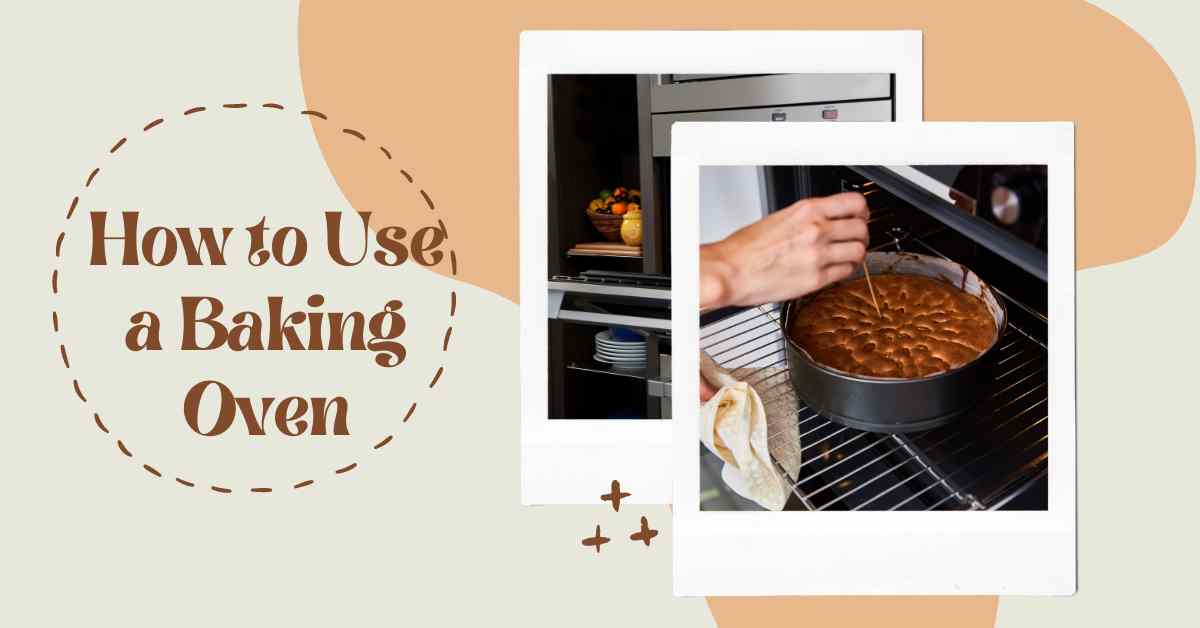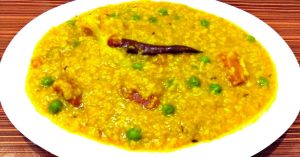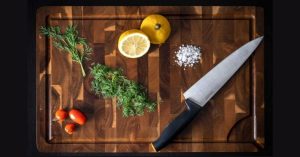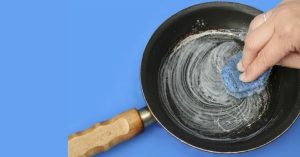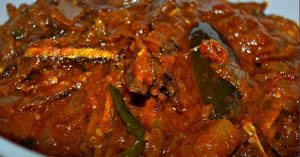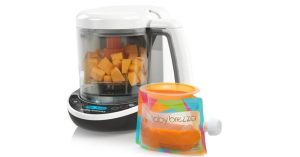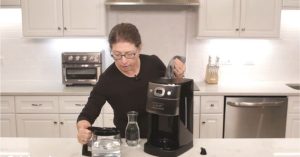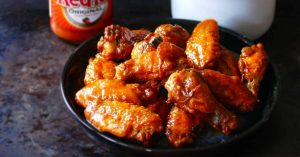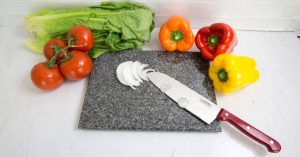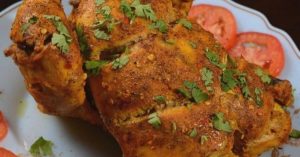A baking oven is a necessary kitchen appliance for cooking, making your cooking time shorter. Whether you are a seasoned baker crafting intricate pastries or a beginner at bread-making, the baking oven serves as your trusty helper. Additionally, if you use a baking oven with the correct temperature settings, this kitchen tool makes your ingredients into a work of art with aromas, flavors, and textures. In this guide, we explore using how to use a baking oven to achieve the goal. You will also know about various types of ranges and their features but use a baking oven with comprehensive science behind baking.
However, if you are a beginner or an experienced chef, this guide aims to be your broad opinion, hide the secrets of the baking oven, and enable you to create a tasty and healthy meal. So, preheat your oven and set the timer for a delectable journey as we explore using a baking oven to turn simple ingredients into extraordinary creations.
Table of Contents
Different types of baking ovens
- You know that another kind of oven has on the market, and they are:
- Conventional Ovens
- Convection Ovens
- Steam Ovens
- Brick Ovens
- Microwave Convection Ovens
Today we will explore how to operate an oven for baking and use the proper way.
How to use a baking oven preparation for use
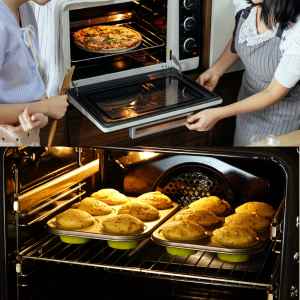
Using a baking oven for food preparation is easy, but you must be applicant some processes; here are the steps for preparing to use a baking oven:
Cleaning: Before using the baking oven, ensure it is properly cleaned, and wipe down the interior with a cloth to remove any dust, debris, or residue from previous use.
Racks and Trays: Adjust the oven racks to the desired position based on the requirements of your oven recipes, and you can place baking trays or pans on the shelves if needed.
Preheating: Set the desired temperature control panel and allow it to preheat. When you will preheat, it is crucial to achieve consistent baking results and even cooking.
Oven Thermometer: For precise temperature control, consider using an oven thermometer to verify that the oven’s internal temperature matches the set temperature.
Ventilation: Ensure the oven ventilation openings are not blocked to allow proper air circulation during baking. It will prevent uneven cooking and promotes better browning.
Oven Light: If your oven has a light, turn it on to monitor the progress of your baking without opening the oven door and disrupting the temperature.
Timer: Set the timer to the required baking duration; it helps prevent overcooking and lets you know when your dish is ready.
Accessories: If your recipe requires specific accessories like baking stones or steam pans, place them in the oven during preheating to ensure they’re correctly heated.
Safety Measures: Familiarize yourself with the oven’s safety features, such as the automatic shut-off function.
Ready Indicator: Some ovens have an indicator that notifies you when the preheating process is complete and the range is ready for use.
If you follow these steps, it will ensure your baking oven is in optimal condition to you will get delicious recipes from it.
Cleaning and maintaining your baking oven
Here are the few steps you will enjoy cleaning and maintaining your baking oven:
Cleaning:

Cleaning is an essential step for using a baking oven; here are shortcut tips for cleaning it.
- It would help if you cooled the oven before cleaning to avoid burns.
- Take out removable parts such as oven racks, trays, and drip pans, and these can be cleaned separately.
- Use a soft brush or a handheld vacuum to remove loose crumbs and debris from the oven’s interior.
- Cloth or sponge should use clean interior oven surfaces to remove grease and residue. For stubborn stains, create a baking soda and water paste, apply it to the color, let it sit, and scrub gently.
- Clean the oven’s glass door with a glass cleaner and vinegar to remove splatters or stains. Be cautious not to scratch the glass.
- Soak oven racks and trays in warm, soapy water to loosen grime, and use a non-abrasive scrubber or brush to clean them thoroughly.
- Control Panel: You should clean the control panel with a damp cloth and be careful not to let water seep into any electronic components.
- If your oven has a drip pan, remove and empty it, then clean it with warm, soapy water.
- Clean the oven’s exterior with a damp cloth to remove grease or fingerprints.
Maintenance:
Whether after each use, you need to maintain your baking oven properly. Here are shortcut maintenance tips.
- Inspect the oven’s power cord and plug for any signs of damage and ensure the door seal (gasket) is intact to maintain proper heat retention.
- Periodically, check the oven’s temperature accuracy using an oven thermometer. You may need to calibrate the range according to the manufacturer’s instructions if there’s a significant difference.
- To ensure proper air circulation, keep the oven’s ventilation openings free from obstructions.
- If you encounter technical issues or notice a decline in performance, consult the oven’s user manual or contact a professional technician for repairs.
- Use gentle, non-abrasive cleaning agents to prevent oven surface damage.
- Depending on usage, perform a more thorough deep oven cleaning every few months. It includes removing and cleaning oven components that aren’t part of regular cleaning.
Following these cleaning and maintenance tips will ensure a clean and functional oven, and oven lifespan and maintain consistent baking results. Those tips are used for your question about how to use a baking oven.
Safety precautions when using a baking oven:
There are several safety precautions you are essential to when using a baking oven, and those are:
- Proper Ventilation: Ensure adequate ventilation in the kitchen area to prevent the buildup of fumes and heat.
- Flammable Materials: Keep combustible materials, such as paper towels and oven mitts, away from the oven while it’s in use.
- Oven Mitts: You must use oven mitts when handling hot pans, trays, or dishes.
- Children and Pets: Keep children and pets away from the oven while it’s in use to prevent accidents.
- Clothing: You should also avoid wearing loose-fitting clothing that could catch fire while entering or near the oven.
- Hot Surfaces: Be cautious of hot surfaces, including the oven door and handles. It is also essential to use caution when opening and closing the oven.
- No Obstructions: Ensure no obstructions near the oven, including curtains or towels, could come into contact with hot surfaces.
- Proper Placement: Place baking dishes and pans carefully inside the oven to avoid spills and splatters.
- Monitor Cooking: Stay attentive to your cooking and set timers to prevent overcooking or burning.
- Unplug after Use: After cooking, turn off the oven and unplug it if applicable.
- Proper Electrical Connection: If using an electric oven, ensures the power cord and plug are in good condition and not damaged.
- Clean Regularly: Keep the oven clean to release food particles that could lead to fires.
- Use Oven Light: Utilize the oven light to check your food’s progress without opening the oven door.
- Avoid Water on Hot Surfaces: Do not pour water on hot surfaces or glass doors, which could cause cracking or shattering.
- Read the Manual: Familiarize yourself with the oven’s user manual to understand its features and safety recommendations.
However, if you are followed this safety procurement, you will ensure a secure cooking time when using the oven.
Conclusion
In conclusion, how to use a baking oven is an essential tool in cooking tools, and it is needed for baking oven first use and gastronomic delight. Its ability to harness heat and convert recipes into tasty food creations is proof of both science and artistry.
Recent Posts You May Like:
- How to Cook Khichuri Easy Way at Home
- What is the Best Wood for an End Grain Cutting Board?
- How Long to Cook Frozen Fish Fillets In an Air Fryer Perfectly
- How to Clean Non Stick Pans with Burnt on?
- How to Cook Dry Fish Curry at Home
- How to Use Baby Brezza Food Maker
- How to Cleaning Cuisinart Coffee Grinder?
- Instant Pot Air Fryer Lid Recipes Chicken Wings
- Granite Cutting Board Pros and Cons and Buying Guideline
- Dutch Oven Recipes for Chicken – Yummy Food
- How to Cook Vegetable Curry an Easy Recipe
- What Type of Cookware Should be Used on a Glass Cooktop?
